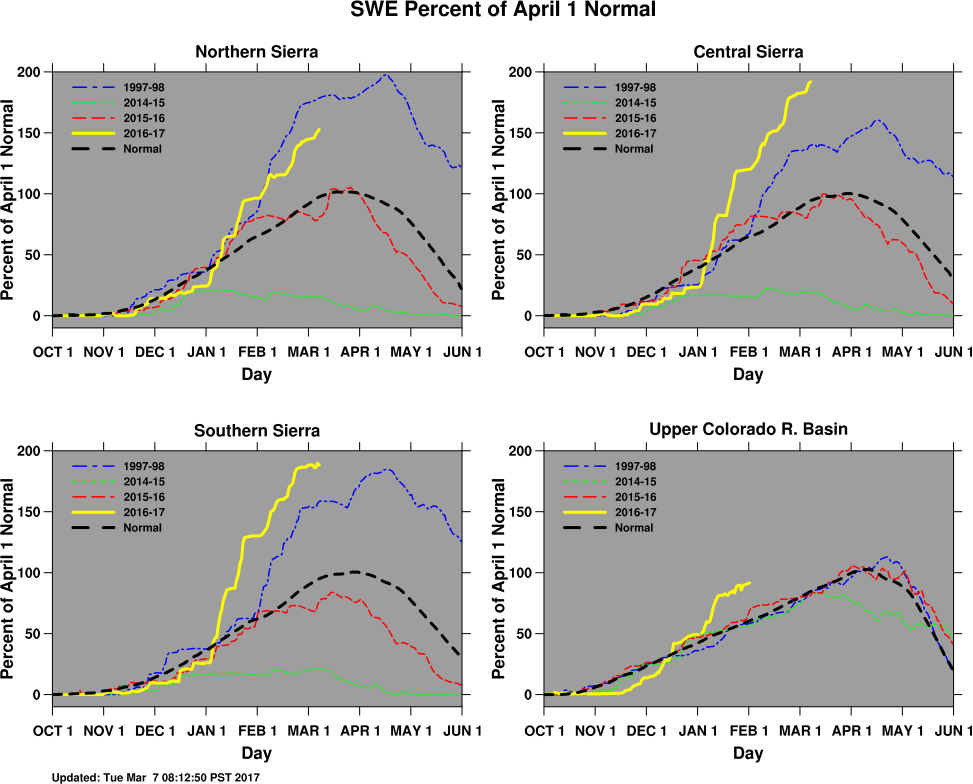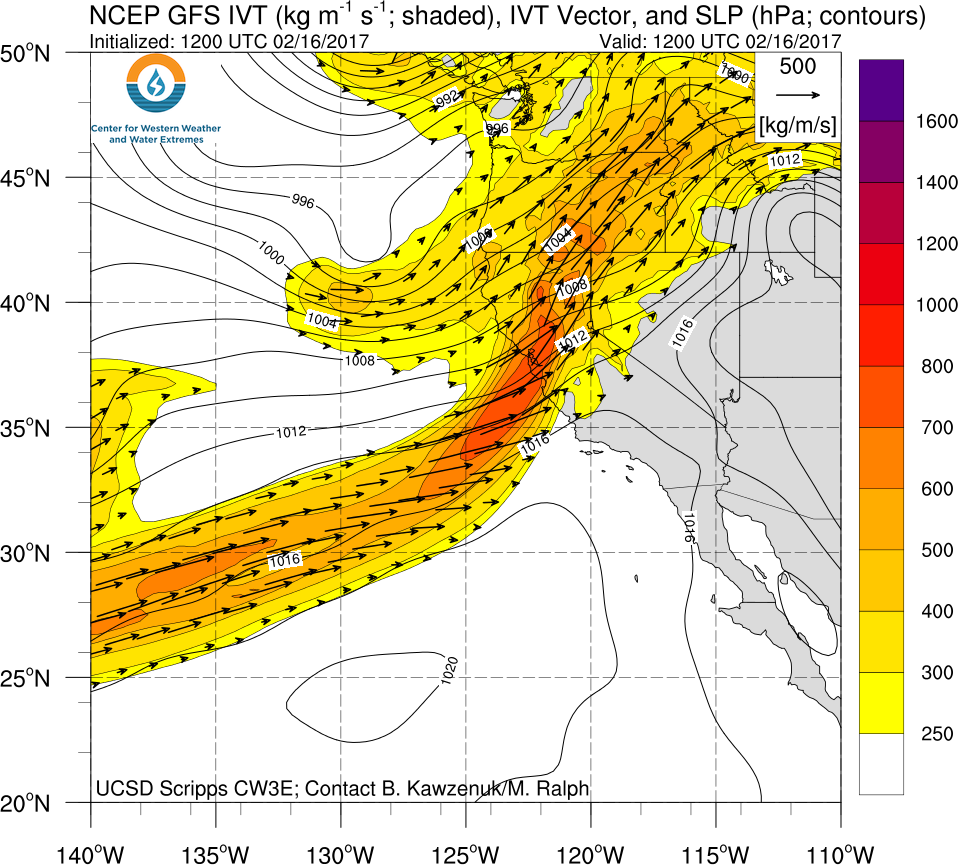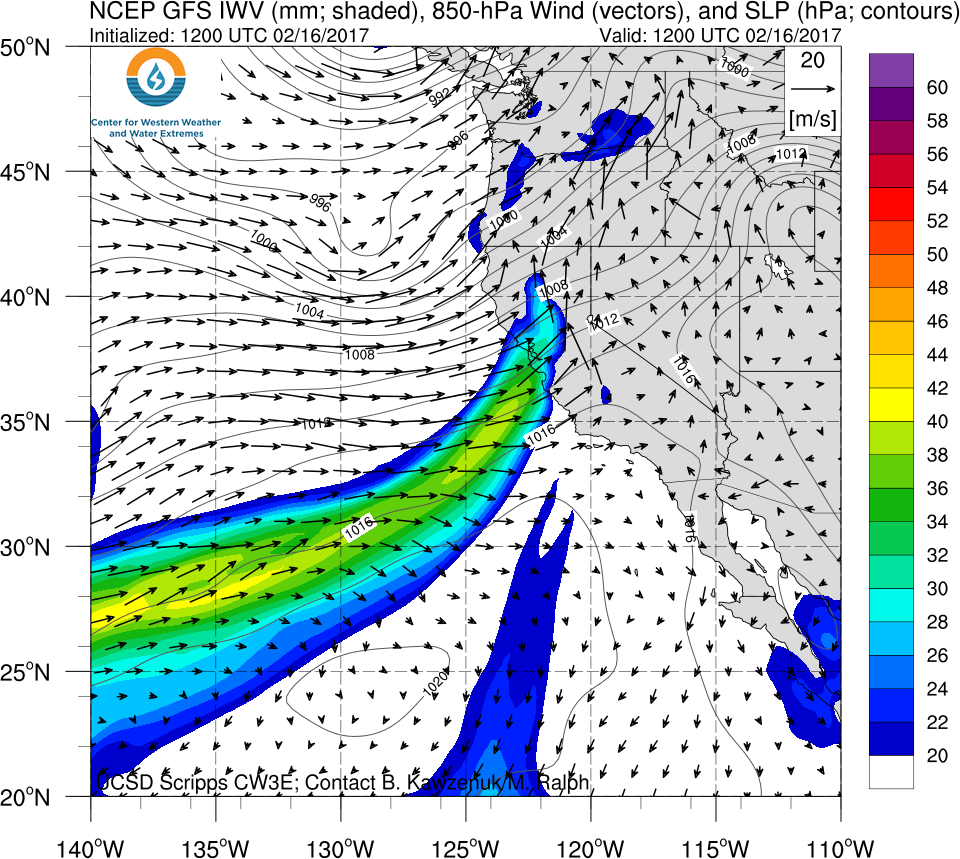Weather on Steroids: The Art of Climate Change Science
March 9, 2017
La Jolla Historical Society: February 11 – May 21
San Diego Public Library: June 10 – September 3
Click here for a pdf file of this information.
 |
WEATHER ON STEROIDS: THE ART OF CLIMATE CHANGE SCIENCE Weather on Steroids explores the consequences, challenges, and opportunities that arise from the changing climate on our planet. The exhibition partners artistic and scientific communities to create a visual dialogue about the vexing problem of climate change, and explores how weather variability affects the day-to-day life of local communities. The exhibition investigates Southern California vulnerability to climate change, and draws on the region’s scientific expertise at the Scripps Institution of Oceanography, whose investigators are at the forefront of climate research. Weather on Steroids brings together artists and scientists to reflect on humanity’s role in our changing climate and to envision new possibilities for a sustainable future. The focus is on weather extremes fueled by the steroids of climate change and their impacts on society: heat waves, atmospheric rivers, and drought with impacts on health and agriculture; deluges, sea level rise, and coastal erosion; extreme winds and devastating wildfires. Science serves as a basis and inspiration for imaginative and creative responses from artists. Artists’ subjective images and scientists’ objective scientific results reveal how climate change upsets the planet’s balance with extreme weather impacts. By illuminating the reality of climate change, Weather on Steroids aspires to take a proactive local role to engender collaboration between art and science for the benefit of cross-disciplinary and public education. https://lajollahistory.org/exhibitions/current-exhibitions/ 11 artists and 11 scientists collaborated, usually 1-1, to produce Weather on Steroids |



















